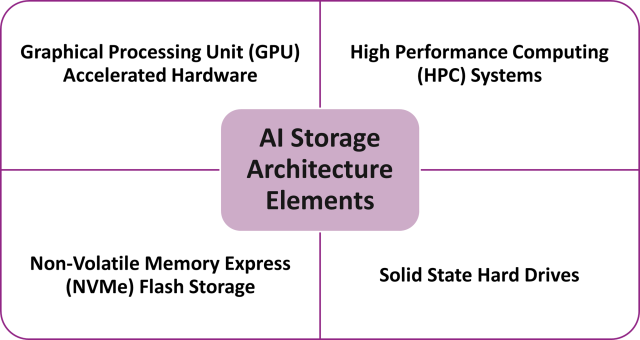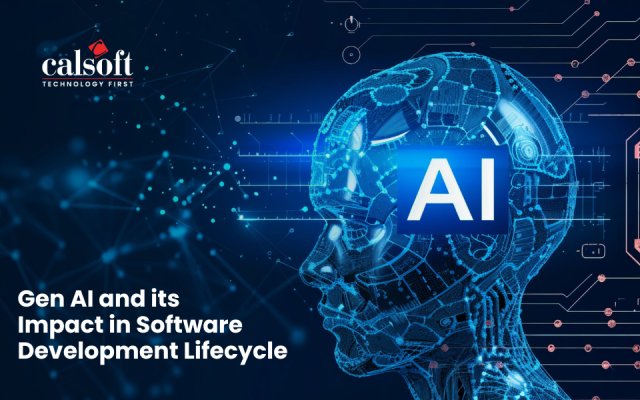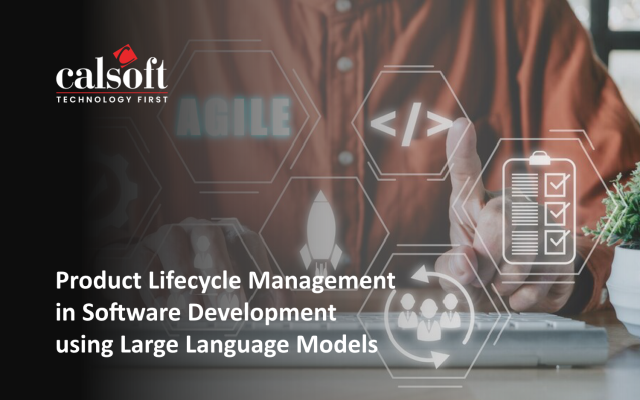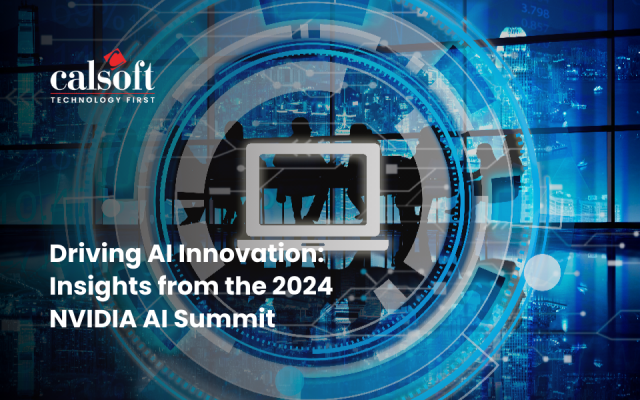The adoption of Artificial Intelligence (AI) and Machine Learning (ML) technologies is rapidly revolutionising the way various industry verticals operate and perform in the market. Companies cutting across industries are trying to leverage this trait to enhance their products and stay ahead of their competitors using better insights. Apt utilization of AI and getting the most out of the insights it generates can overhaul almost any broken business.
AI should be able to expand from edge to inference in a simple and cost-effective infrastructure. But AI-enabled systems face major challenges in storage and deployment. Could AI itself help address these challenges?
The recent market research report by Tractica, states that the global market for AI software is projected to reach $105.8 billion by 2025! This growth is accelerated by the increasing demand for AI-powered solutions across various industry verticals, along with the emergence of new AI technologies such as deep learning and natural language processing.
Data originated from different sources acts as catalyst that powers AI. However, these digital data are highly susceptible to cyber-attacks, making it difficult and expensive to collect, access, analyse and store the data.
Businesses rely on advanced technologies such as AI and ML to extract securely meaningful insights from these digital data. Businesses should also be able to organize the data, including pit-stops for compliance checks, data optimization, data cataloguing, and data governance. All of these are formidable challenges. In data storage the impact of the technologies will be transformative and innovative, realizing greater business agility that enterprises must have to compete in today’s data-driven and dynamic digital domain.
This is where AI-enabled storages could come into the picture. AI-enabled storage provides real-time continuous updates from various enterprise data sources, optimizes it, and does other intelligent automated work on it without any human intervention.
So, the question that arises is – what are the advantages of AI-enabled storage? Let us dig deeper the keyways AI/ML could transform the storage landscape in the coming years.
Currently in this digital world, the enterprises face several challenges in analysing data due to its exploding data volumes. This can be addressed with Artificial Intelligence for IT Operations (AIOps). AIOps is an emerging model which utilises AI and ML to operate, perform, analyse, and convert data to get valuable insights and optimize the data storage.
As per IDG reports, enterprise data will increase more than twofold the rate of consumer data over the next five years. The global data is expected to increase to 175 zettabytes by 2025, with total data predicted to more than twice in size between 2022 and 2026. Since data is the fuel for AI, it follows that legacy data storage systems need to be transformed into a smarter storage solution with capabilities like deep learning and GPU processors to be able to drive real-time insights. This can drive some key advantages from AI-enabled storage. The following image depicts the keyways AI can transform the storage technologies.

- Scalability: AI systems need to process vast amounts of data in a short timeframe. This data volume drives significant storage demands. Managing these data sets requires a storage system that can scale without limits or auto-scale intelligently as per the requirements. This is easily possible with AI-enabled cloud storage.
- Shared Data Stores: In a data-rich world, shared data is infinitely more valuable than stored data. AI-enabled storage uses modern analytics and AI workloads, delivering scale-out storage platforms that drive downtime to insights for data-driven businesses.
- Data Insights: AI-enabled storages use various analytics tools and processes that deliver ultra-fast, high-performance data insights about billions of stored objects and files. These data insights are useful for businesses for making major business decisions.
- Reporting and Alerting: AI-enabled storages help build reports on the data functions and insights delivered. They enable the configuration of alerting systems to tackle data storage failure or data anomaly situations. One of the intelligent reporting systems enabled by AI storage is Power BI by Microsoft. This promotes Learning Data Lifecycles and helps regulate the storage of specific types of data in the best way possible.
- Failure Prediction: Storage failures can have a huge impact on productivity. When there is a failure, you must find what data was lost (if any) and then restore the data either from a backup or copy. This takes time and hinders productivity. Failure detection and restoring data from the point of failure can be easily done with AI-enabled data storage.
- Cost-effective: AI-enabled storage helps identify the usefulness of and the patterns in which stored data is used. This helps in making major decisions to select the type of storage, crucial data, and unwanted data. This, in turn, helps organizations invest in data storage capacity wisely and save costs associated with storing huge terabytes of data.
Understanding the benefits of AI enabled storage and the way it can transform the enterprise operations; it is also important to explore the significance of AI enabled storage over cloud storage. The various benefits of using AI-enabled storage over normal cloud storage are:
- AI-enabled storage helps deploy cost-effective Software-defined Storage. This allows the storing of data in a way that its power can be easily unleashed by customers for various insight-led actions.
- Another advantage of AI-enabled storage over normal cloud storage is the automation of functions associated with infrastructure, capacity, and storage management and maintenance.
- AI-enabled storage has a more agile and flexible architecture.
- It can intelligently control access rights, dynamically re-route data center data, and automatically regulate data center cooling, thereby optimizing energy consumption.
- AI enhances the security and reliability of storage. AI-enabled storage has smart security features to detect data/packet loss during transit or within data centers. This helps prevent data loss, increases availability, and turnaround speed during downtime.
- Neural storage is yet another emerging advantage of AI-enabled storage. In neural class storage, the storage can recognize and respond to problems and opportunities without human intervention.
The following image shows the key components involved in an AI based storage architecture which is needed to optimise the storage and overall infrastructure performance. This podcast explains about how AI and storage are connected and in what ways AI is helping Storage solutions.

GPU accelerated hardware helps to execute fast processing and large computing operations. On the other hand, HPC systems are needed to handle the AI workloads for comprehensive AI algorithms. NVMe flash storage acts as a rapid storage medium to support quick storage retrieving capacities.
Parting Thoughts
To conclude, as the needs of AI make storage systems grow larger, the ability of human engineers to manage, monitor, and maintain large-scale data storage becomes a bottleneck in scalability and efficient operations. While companies can harvest tons of data through these storage systems and applications, generating actionable information becomes difficult without using an intelligent and automated storage system that can self-predict and analyse real-time data.
Enterprises are increasingly resorting to elevate their storage game with the most trending approaches such as software-defined storage, Storage-as-a-Service, hybrid multicloud storage, converged & hyperconverged infrastructure, SSD & flash arrays, cyber-resilient storage, and more. Calsoft’s wide range of storage engineering services, readymade accelerator IPs, and consulting expertise in the latest technologies help our customers create products that spearhead data center transformations and virtualization initiatives.






